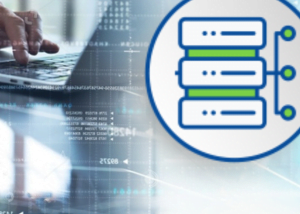Pseudonymisation can be defined as “personal data which is rendered less likely to lead to the identification of the data subject without the use of additional information” Therefore as long as such additional information is kept separately, pseudonymisation offers some level of additional protection of the data.
An example of weak pseudonymisation might include a payroll report where names have been removed but personnel numbers remain. A stronger example might include clinical sample data where the hospital codes the sample rather than providing the data subjects name and from that point on, only the code is used.
Pseudonimised data includes a residual risk and therefore it remains within the scope of GDPR. It should be considered a good ‘technical or organisational measure’ for maintaining the confidentiality of personal data. However pseudonymisation is deemed to still be personal data, therefore it still remains in scope of data protection regulation and must still be protected.
This article can be read in conjunction with the anonymisation & encryption articles



